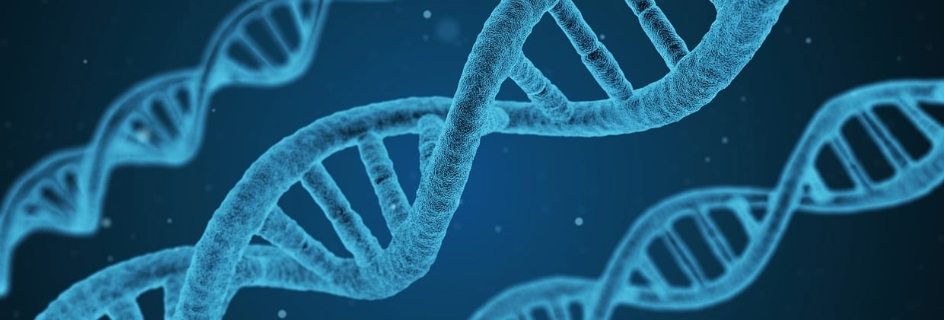Post date:
New advances in single cell DNA profiling could make it possible to identify individuals from even the smallest traces.
Engineering researcher Dr Michael Chen is working on a new project led by the Earlham Institute, to explore whether the justice system could use single DNA cells to create DNA profiles from complex crime scene evidence.
Dr Chen is part of a consortium of researchers awarded funding by the Economic and Social Research Council (ESRC) to work with experts across the criminal justice system.
They will be exploring whether cutting-edge sequencing technologies could be used by forensic scientists to identify individuals who have been involved in crimes.
The project – Single-cell and single molecule analysis for DNA identification (SCAnDi) – will examine whether new techniques in the single-cell analysis field could add valuable new DNA evidence to investigations when used by forensic investigators.
Dr Iain Macaulay, Technical Development Group Leader at the Earlham Institute, is leading the SCAnDi project, alongside experts at the University of Edinburgh, James Hutton Institute, University of Portsmouth, University of Derby, Liverpool John Moores University, and Edge Hill University.
Untangling DNA samples
Humans shed cells wherever they go. These cells often tell a story. For example, depending on whether an individual is bleeding on, or touching a surface they will leave behind two different types of cell.
Each of these cells can contain DNA. This is already used as evidence to identify an individual – or rule them out – in criminal cases.
However, identification becomes much more difficult when cells from multiple individuals are mixed together. Around 45 per cent of forensic samples within the UK criminal justice system are believed to contain human DNA from two or more individuals.
If there is DNA from more than one person present, traditional analytical techniques may miss smaller traces from certain individuals. Investigations potentially lose information about the cell type or origin of the cell. Mixed samples can also considerably reduce the success of searches against DNA databases.
This means it can be more difficult to piece together a clear story of how an event took place, or to ensure justice is delivered for people involved in a crime.
Single-cell analysis
Single-cell analysis allows genomes to be constructed from much smaller amounts of genetic material. It is often used to explore differences between individual cells in mixed samples. For example, it has been used in cancer research to identify different genetic mutations between cells in different parts of the same tumour.
These approaches could allow DNA profiles to be constructed from cells found at the scene of a crime. These profiles can also be linked with images of the cell, which could provide valuable contextual information to forensic experts - particularly where there are mixed samples.
As part of the project, Dr Chen – who is Senior Lecture in Chemical Engineering based in the School’s Institute for Bioengineering – is looking into microfluidic approaches which could potentially allow in-field isolation of cells.
Dr Chen said:
“I’m honoured to be a part of this ground breaking research, which has huge potential to enhance the reliability and use of DNA in criminal investigations and court evidence.
“The techniques used to enable the in-field isolation of individual cells from forensic samples and subsequent single-cell analysis of DNA could transform the field of forensic science for good.”
A key aspect of the project will be establishing a network of forensic practitioners, commercial suppliers, researchers, and investigative and legal representatives. The SCAnDi network will meet regularly to ensure the technical deliveries of the research remain aligned with the needs of the Criminal Justice Systems across the UK and beyond.
Work is set to start in April 2024 and is expected to last a year.



